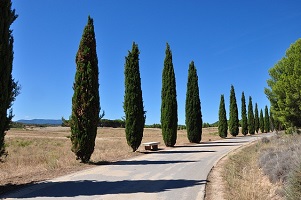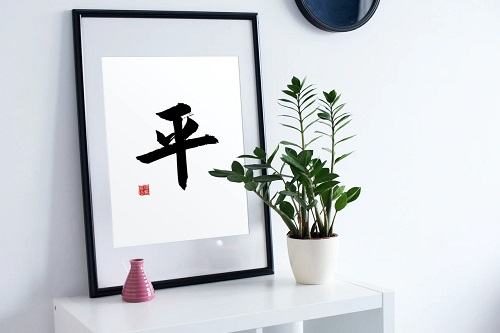In agriculture and farming, cows have long been a dependable friend for mankind.
Their powerful strength and hardworking nature makes them a great worker to have around. The type employee that we dream of having in the modern office.
In ancient China, the friendly relationship between man and animal also led to religions forbidding the consumption of beef.
Even today, a lot of consumer products, especially foodstuff, are directly or indirectly produced with the help of cattle.
That is saying a lot when we consider how high-tech technology has developed these days.
The ox is the second animal in the Chinese zodiac.
The word niu (牛) is a generic term that refers to the all types of cow including ox, oxen, buffalo, bull, cattle, calf, etc.
Legends of the cow
In the past, the Chinese practiced a ritual called the beating of the spring cow (打春牛) which is an event that occurs on Chinese New Year which in turn coincides with the commencement of the spring season.
This was done by molding a cow from mud and beating it to pieces with sticks. The remains of the beat-up mud cow is then brought home by people for good luck and warding off evil.

The spring cow is also a subject of interest in paintings.
It would be depicted as an oversized cow painted in yellow. On it’s back carries the God of spring. What this shepherd wears signifies different aspects of the weather. When he wears a hat, it means that it would be a warm spring. Without a hat, it symbolizes a cold one. And when he is barefoot without shoes, it represents an impending drought.
The mammal was also believed to have the ability to control floods.
The legend was that a metal cow was placed at the bottom of the river to suppress floods. Another folklore was that a character called Li Bing (李冰) from the period of the warring states turned into a cow to battle with a river deity who also embodied a cow.
Then there was also a story of how an ox ran out from a tree and dove into a river. It was subsequently revered with a godly status.
If you somehow encounter a cow, the Chinese believe that it is an auspicious sign signifying wealth opportunities would arrive soon. Maybe that’s why statues of bulls are often found near stock market exchanges. 😀
In stories, the bull demon king (牛魔王) is a popular well-known character from the classic novel journey to the west (西游記) where it shared several scenes with the protagonist of the stories which is the monkey god.
Feng shui
As feng shui emblems, the cow is probably most commonly depicted as the wish-fulfilling cow which grants wishes for those who respect it.
Sometimes also known as the sacred cow, it is depicted usually resting on a bed of coins or gold ingots.
They are placed in wealth areas or in personal spaces like the work desk to call on money luck.
The placement of cows can also be good luck attractors for those born in the years of the snake, rooster, ox, pig, rat. This is according to the laws of the relationship between the animal signs.
This also means that they can bring bad luck for those born in the years of the goat, horse and dog.
The element attached to them is earth, while the associated direction is northeast.















